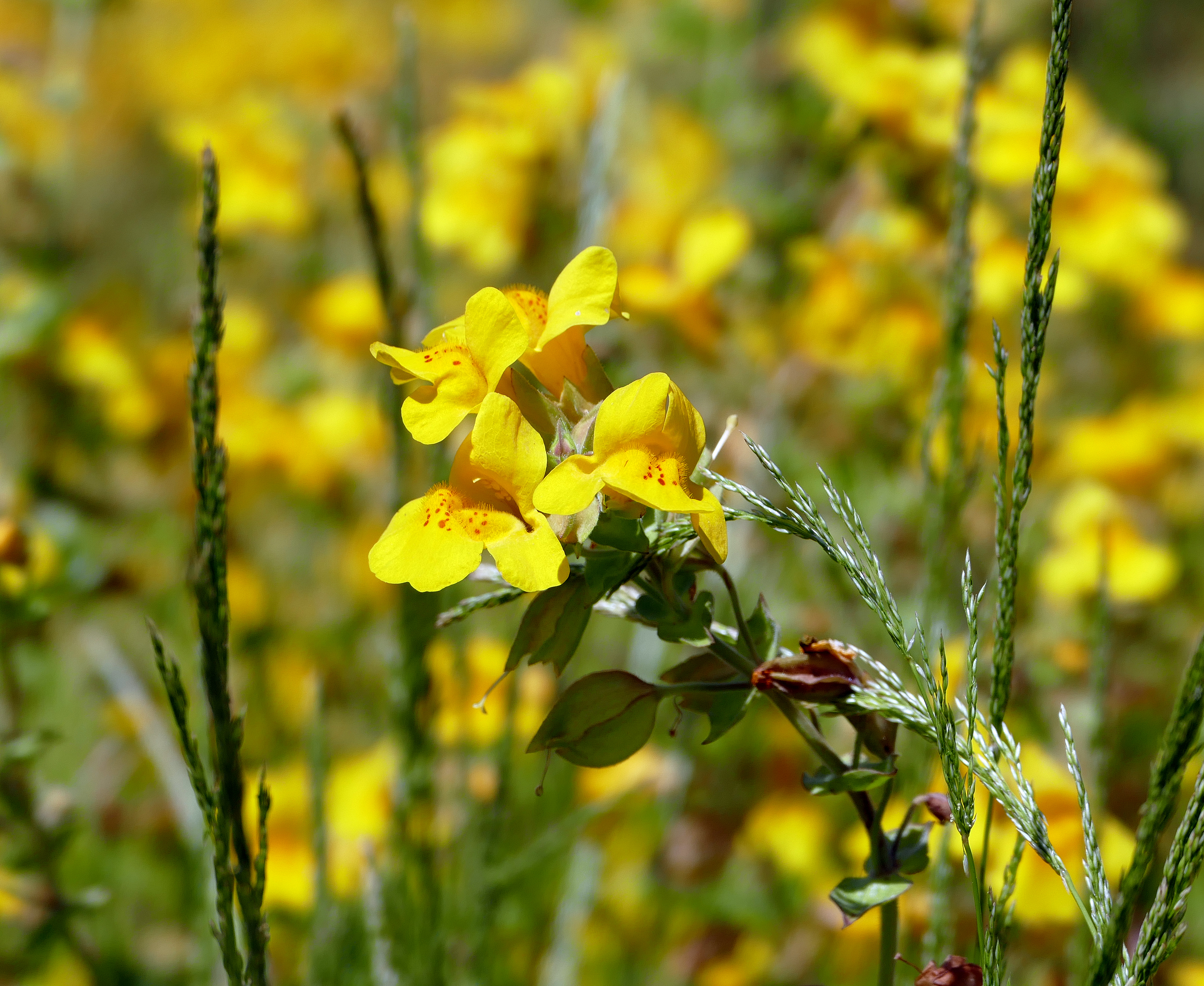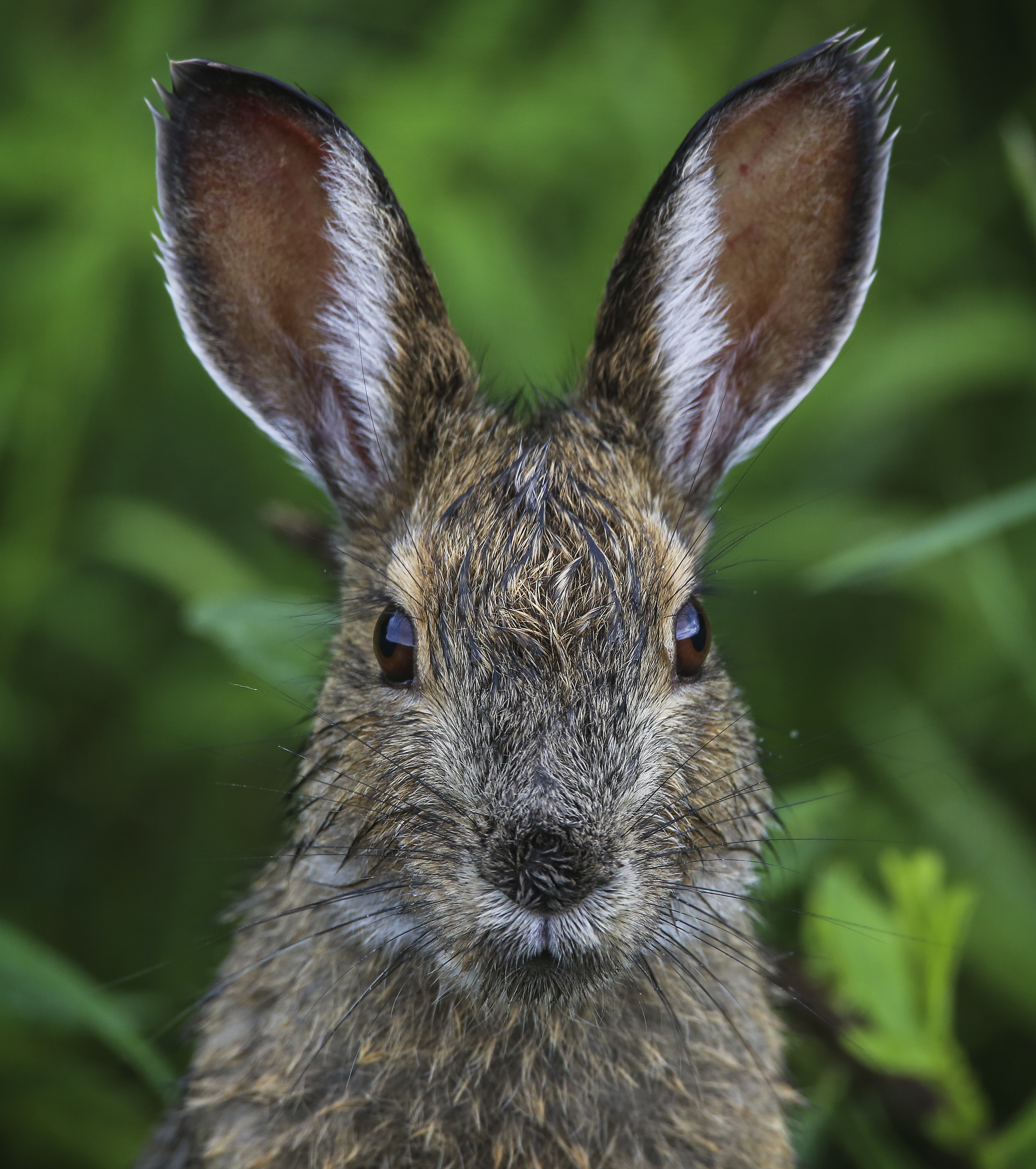Genetic Strategies Help Species Thrive Where They Live
As climate change leads to warmer winters, earlier springs and later autumns, many plants and animals are becoming out of sync with their environment. Some species may adapt, but will they adjust in time?
The answer lies, in part, with the connection between information encoded in a species’ genes and the traits they evolved to thrive where they live.
To better understand that connection, Nebraska evolutionary biologists are investigating how genetically based adaptations have evolved in response to environmental challenges. Their studies are part of a collaboration with the University of Montana funded by a four-year, $4 million grant from the National Science Foundation.
Gaining clearer insights into the genetic basis of physiological traits could support efforts to help species threatened by climate change, said Jay Storz, Susan J. Rosowski Professor of Biological Sciences.

Storz’s research focuses on identifying adaptations that allow species to survive low-oxygen conditions at high altitudes. He compares entire genomes of high-altitude species with their lowland cousins to identify the genes responsible. He primarily studies deer mice, but he recently found that songbird species living on the Tibetan Plateau have evolved specialized – and distinctive – genetic strategies to live at such an extreme altitude.
These genetic adaptations likely will prevent lowland species from reaching the plateau, Storz said. That’s good news for alpine environments threatened with intruders, not so good for species seeking cooler climes.
The Nebraska team includes biological sciences associate professor Kristi Montooth and assistant professor Colin Meiklejohn. In Montana, collaborators lead projects investigating winter coat change in snowshoe hares and the western U.S. monkey flowers’ local adaption to different soil conditions.

U.S. monkey flowers 
Snowshoe hare
NSF funding allowed Nebraska to hire two postdoctoral researchers and to support multiple graduate students, including those from underrepresented groups.
“Our department has a real strength in evolutionary genomics,” Storz said. “By answering questions about how evolution works, you gain relevant insights into conservation, agriculture and other applied questions.”
+ Additional content for Genetic Strategies Help Species Thrive Where They Live
Thriving in tough environments: What's the genetic connection?